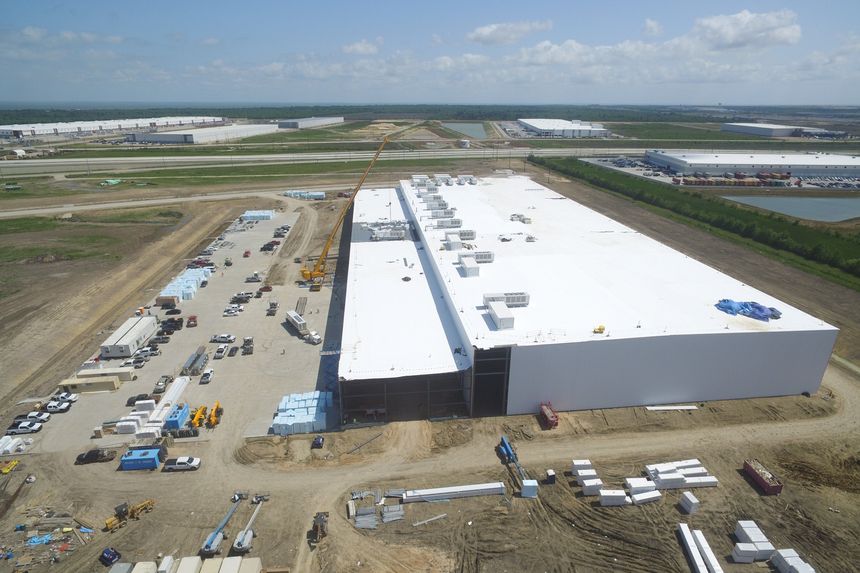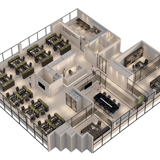In October of 2021, refrigerated and frozen foods accounted for 9% and 13% of online grocery purchases, respectively. This has more than doubled and tripled from just 4% for both categories in early 2020, according to data provider IRI.
Overall, online penetration of total grocery sales reached almost 13% in 2021, up from just 3% in 2019.
This surging activity has driven demand for new cold storage space. CBRE estimates the U.S. cold storage footprint to be approximately 225 million sq. ft., with a vacancy rate that mirrors the overall industrial sector at a historically tight 3.1%.
Νew entrants are faced with a challenging market to navigate not only because of high construction and operating costs, but also complex user requirements increasing the risk of not securing a tenant before completion. Among the additional costs entailed in cold-storage construction: insulated metal panel installation, refrigeration equipment, blast freezing and fumigation, and installation of premium concrete slabs and under-floor heating.
Cold storage development and site selection takes several variables into account, including population density, proximity to food producers, and infrastructure for transportation and distribution. To that end, the most populous U.S. states also have some of the largest cold-storage industries.















